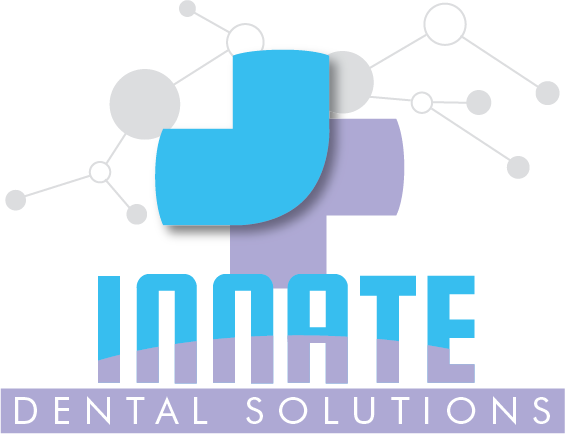Zygomatic Implants Pros and Cons: A Complete Patient Guide
At Innate Dental Solutions, our team specializes in advanced implant procedures, including zygomatic implants. With years of experience restoring smiles for patients with severe bone loss, we’re proud to be a trusted authority in this field. This guide is written by our implant experts to help you understand the real benefits and drawbacks of zygomatic implants, so you can make an informed decision with confidence.
What Are Zygomatic Implants?
Zygomatic implants are a type of dental implant used when there isn't enough bone in the upper jaw to support traditional implants. Instead of anchoring into the jawbone, these longer implants attach to the cheekbone (zygomatic bone), which is much denser and more stable.
How They Differ from Traditional Implants
Traditional implants are placed in the jawbone and typically require a certain level of bone density. If bone is missing, a graft is often needed. Zygomatic implants skip this step by using the cheekbone for support.
Why They’re Used for Severe Bone Loss
Patients who've had bone loss from gum disease, missing teeth, or failed implants often aren't candidates for traditional implants. Zygomatic implants are a solution for people with severe upper jawbone atrophy.
Who Is a Candidate for Zygomatic Implants?
You may be a candidate if:
- You’ve been told you don’t have enough bone for traditional implants.
- You’ve worn dentures for years.
- You want a fixed, long-term solution without bone grafting.

The Advantages of Zygomatic Implants
No Bone Grafting Required
One of the biggest advantages is that bone grafts aren’t needed, even with major bone loss.
Faster Treatment Timeline
Since grafting is avoided, treatment and healing are often quicker. Many patients receive implants and temporary teeth on the same day.
Suitable for Severe Maxillary Bone Loss
They’re specifically designed for patients with extreme upper jaw bone loss.
High Success Rates
Studies show success rates over 96%, even in complex cases.
Long-Term Stability and Durability
These implants are anchored deep into the cheekbone, offering excellent long-term support for dental restorations.
The Disadvantages of Zygomatic Implants
More Complex Surgical Procedure
The procedure is more advanced and requires a skilled oral surgeon or implant specialist.
Potential for Sinus-Related Complications
Because of the location near the sinus, there's a slightly higher risk of sinusitis or sinus discomfort. In some cases, a sinus lift procedure may be discussed as an alternative approach.
Requires Specialized Training and Experience
Not all dentists offer zygomatic implants. It’s essential to choose a provider with advanced implant training.
Longer Healing Time in Some Cases
Although some patients heal quickly, others may need more time for full recovery.
Higher Cost Compared to Traditional Implants
Due to the complexity and expertise required, zygomatic implants usually cost more than standard implants.
Zygomatic Implants vs Traditional Implants
Placement Technique
Traditional implants go into the jawbone. Zygomatic implants are anchored into the cheekbone at a different angle.
Healing and Integration
Both types need time to integrate with bone, but zygomatic implants often skip the bone grafting step, reducing overall treatment time.
Cost and Accessibility
Zygomatic procedures are more expensive and less commonly available, but they offer a solution when other options fail.
Long-Term Outcomes
Both types can last many years. Zygomatic implants are especially useful when jawbone quality is poor.
What to Expect During the Procedure
Pre-Surgical Planning and Imaging
3D scans and detailed imaging are used to plan the exact placement of the implants.
Surgical Placement of the Implants
You’ll be under sedation or anesthesia during the procedure. Implants are placed into the cheekbone through the gums.
Recovery and Aftercare
Most patients experience some swelling or discomfort for a few days. Follow-up care ensures proper healing and implant success. Learn more about proper dental implant maintenance to ensure long-term success.
Are Zygomatic Implants Right for You?
Questions to Ask Your Implant Dentist
- Do I need bone grafting?
- How many implants will I need?
- What is your experience with zygomatic implants?
Key Considerations Based on Your Oral Health
Your overall health, bone structure, and dental history will determine if zygomatic implants are your best option. A detailed evaluation is key.
Next Step: Talk With a Specialist
If you've been told you're not a candidate for traditional implants, zygomatic implants might be the solution you've been searching for. Whether you're considering All-on-4, All-on-6, or zygomatic implants for full-arch restoration, at Innate Dental Solutions, we provide advanced, evidence-based care to help you restore your smile safely and effectively. Schedule a consultation today to find out if this innovative treatment is right for you.




